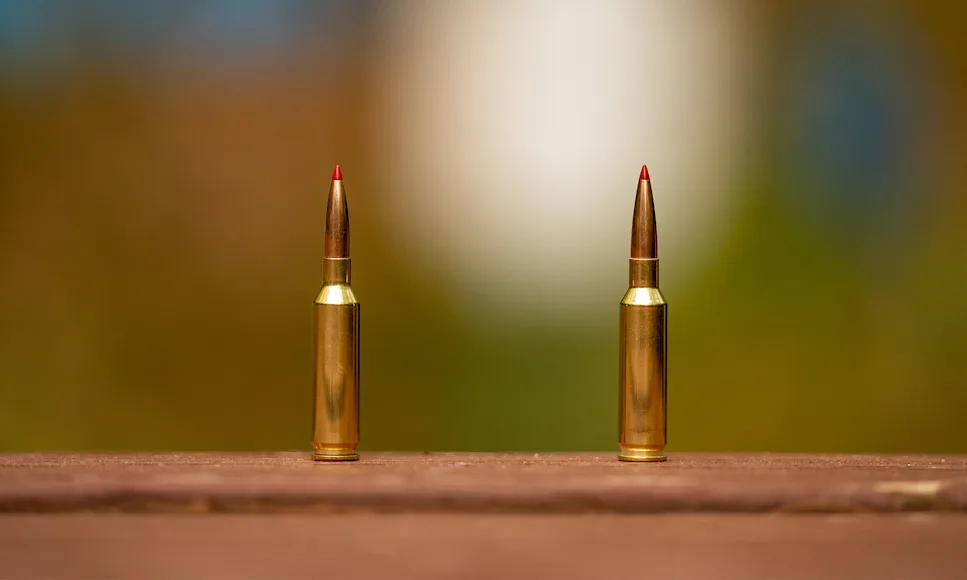I’m gonna to be a bit biased in this comparison for two reasons. The first is that I really like 0.25-caliber cartridges. The second reason is that I created a wildcat cartridge basically identical to the 25 Creedmoor a decade ago. I necked down the 6.5 Creedmoor to 0.25-caliber, and even though I could not convince Hornady to introduce it then, I’ve been hunting with the cartridge ever since. But I am going to keep everything mostly objective by giving you the ballistic facts, and based on those facts, I’ll tell you which cartridge has the advantage. But just know up front that if I thought the 6mm Creedmoor was the better idea, I would have not been messing with the 25 Creedmoor for the last 10 years.
6mm Creedmoor vs 25 Creedmoor: Table of Contents
The Creedmoor Clan
The 6mm Creedmoor
The 25 Creedmoor
6mm Creedmoor vs 25 Creedmoor: Which is Better?
Which is Better for Long-Range Precision Shooting
Which Is Better for Big-Game Hunting
Which Is Better for Varmint Hunting
Which is Better in Ammunition Variety and Availability
And the Winner Is…
Related: 6.5 Creedmoor vs 243 Winchester
The Creedmoor Clan
Since the introduction of the 6.5 Creedmoor and its rise to stardom that began about six years later, Hornady has introduced three more Creedmoor cartridges. Their first new Creed was the 6mm Creedmoor in 2017, and then in 2024 they brought out the 22 Creedmoor. For 2025, Hornady has introduced the 25 Creedmoor. All these cartridges are based on the same cartridge case as the 6.5 Creedmoor, which was a modified 30 TC case. And Hornady designed all the Creedmoor cartridges to excel at extreme distance. Interestingly, the 6mm Creedmoor, 22 Creedmoor, and the 25 Creedmoor all existed in a wildcat form before Hornady brought them to market. Here's a closer look at each.
The 6mm Creedmoor
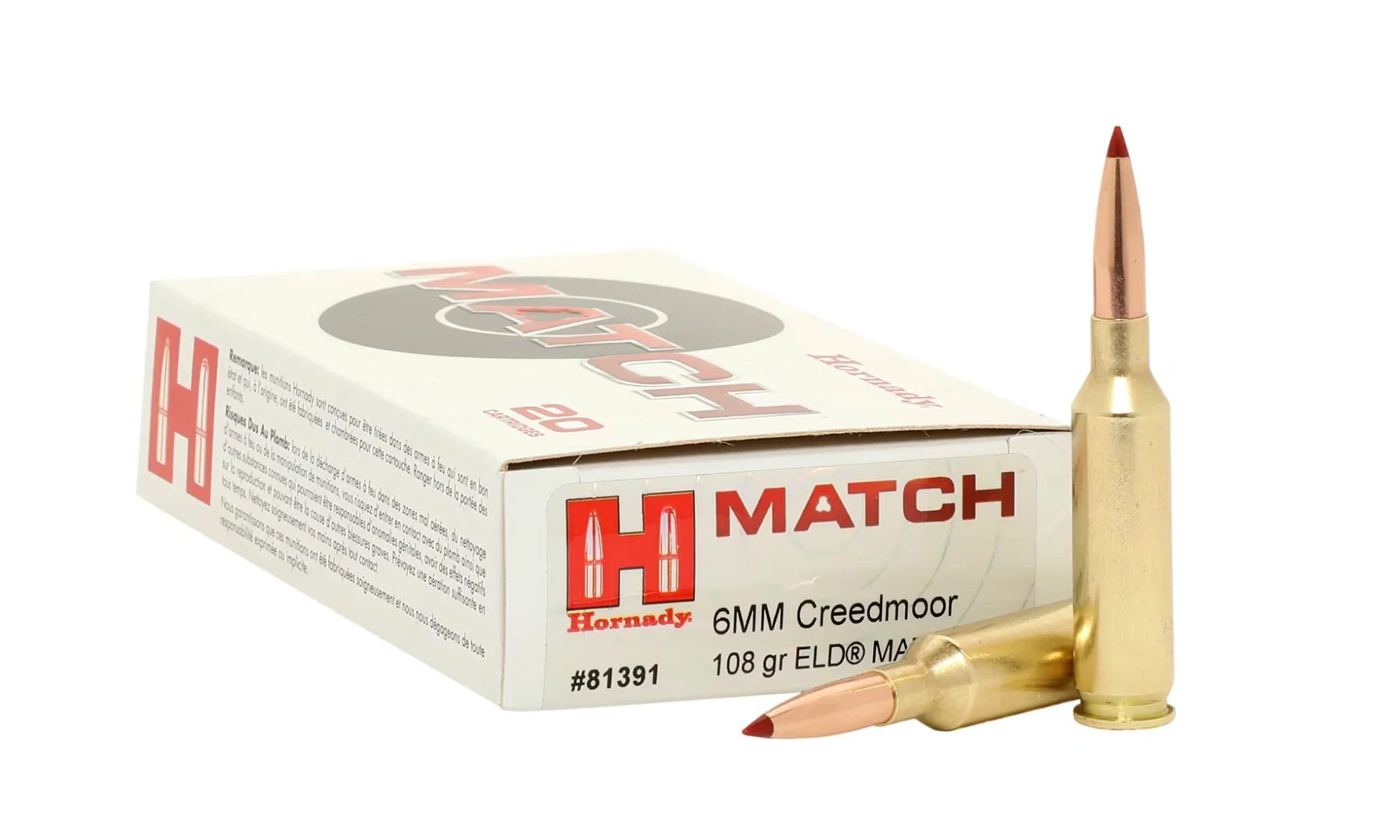
The 6mm Creedmoor got it's start when Outdoor Life shooting editor, John Snow, necked the 6.5 Creedmoor down to accept 6mm bullets about 15 years ago. This ultimately led to Hornady submitting the cartridge to the Sporting Arms and Ammunition Manufacturer’s Association (SAAMI), and the 6mm Creedmoor became a legitimate rifle cartridge in 2017.
According to SAAMI specifications, the 6mm Creedmoor is loaded to 62,000 psi and should have a rifling twist rate of one turn in 7.5 inches. SAAMI lists the instrumental velocity of the 6mm Creedmoor at 3200 fps with an 87-grain bullet and at 2950 fps with a 108-grain bullet. From a velocity standpoint, the 6mm Creedmoor is very similar to the 243 Winchester, but it can outperform the 243 at distance because its fast twist rate allows it to shoot bullets with higher ballistic coefficients.
The 25 Creedmoor
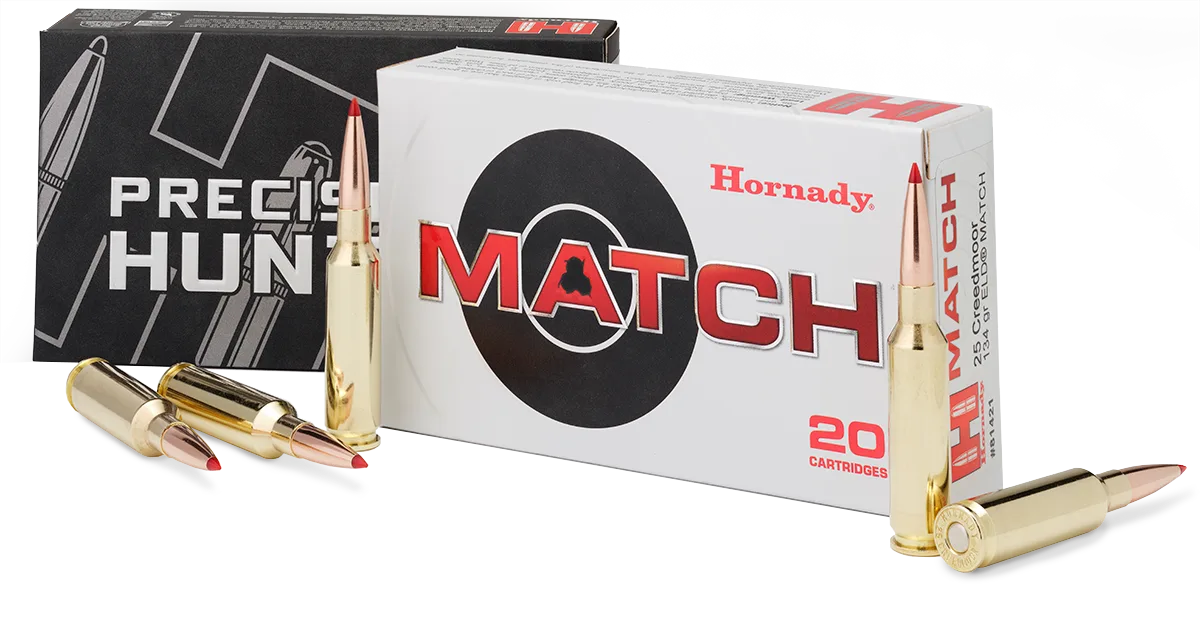
There is no official record of who first necked the 6.5 Creedmoor case down to accept a 0.25-caliber bullet, or when it might have happened. I did it in 2015 because I wanted a high performance 0.25-caliber rifle for hunting varmints and big game, one that would work with the flattest-shooting bullets of that time, and would also fit inside a short action. Hornady made me a custom set of dies, and I tried to get them to standardize the cartridge and introduce it a decade ago, but they declined.
Around 2018, Blackjack bullets started offering high-ballistic-coefficient (BC) 0.25-caliber bullets and suddenly long-range competitors took interest in what I was calling the 2Fity-Hillbilly. As time went on, the 25 Creedmoor—as most shooters called it—began to make a name for itself in long-range competition. According to SAAMI, a 25 Creedmoor rifle barrel should have a twist rate of one turn in 7.5 inches, and an instrumental velocity of 2810 fps with a 134-grain bullet. Like the 6mm Creedmoor, manufacturers will load 25 Creedmoor ammunition to 62,000 psi.
Related: Is Hornady's 25 Creedmoor the Best Creed Yet?
Which is Better? The 6mm Creedmoor or 25 Creedmoor
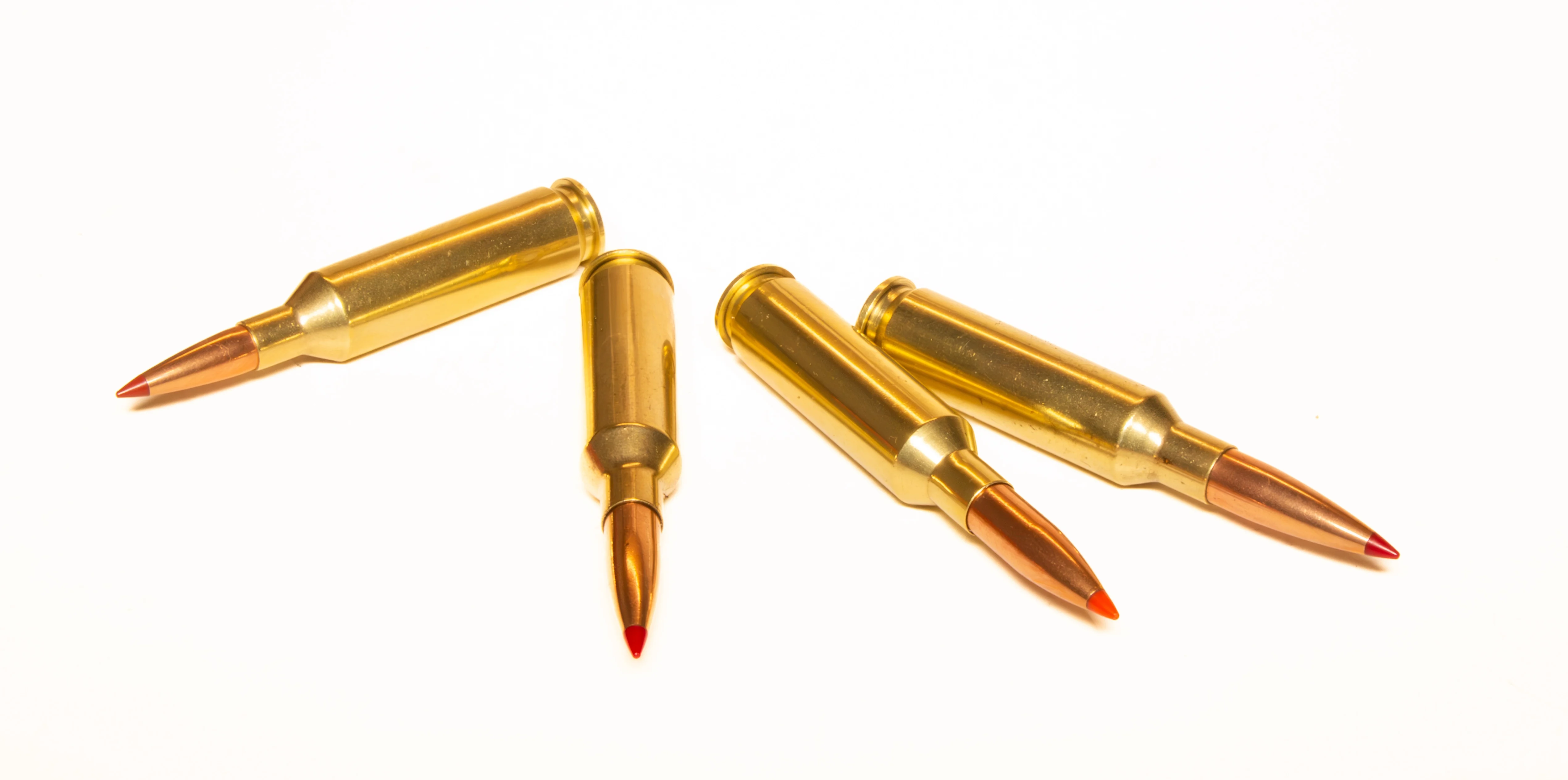
"Better" is a hard thing to define until some parameters are set, so that’s what we’re going to do. We’re going to look at how these two cartridges compare, based on their suitability for long-range precision shooting, varmint hunting, big game hunting, and with regards to the variety and availability of factory ammunition. But we are also going to examine a few handloads for the 25 Creedmoor, because since Hornady just introduced it, there are only two factory loads currently available.
Which is Better for Long-Range Precision Shooting
Aside from precision, when it comes to shooting targets at extreme distance there are two primary considerations: bullet drop and wind drift. If you do your job of confirming trajectory data, compensation for bullet drop is generally easy if you know the range to the target. Compensating for wind drift on the other hand is more difficult, because you never know the exact wind direction and speed from your muzzle all the way to the target. Comparing Hornady factory loads for both cartridges, the 6mm Creedmoor will drop 1.4% less than the 25 Creedmoor, but the 25 Creedmoor drifts 16.5% less. When it comes to handloading for long range precision, it’s almost all about BC, and you can find 0.25-caliber bullets with a higher BC than any 6mm bullet.

Advantage with factory ammo: 25 Creedmoor
Advantage with handloads: 25 Creedmoor
Which is Better for Big-Game Hunting
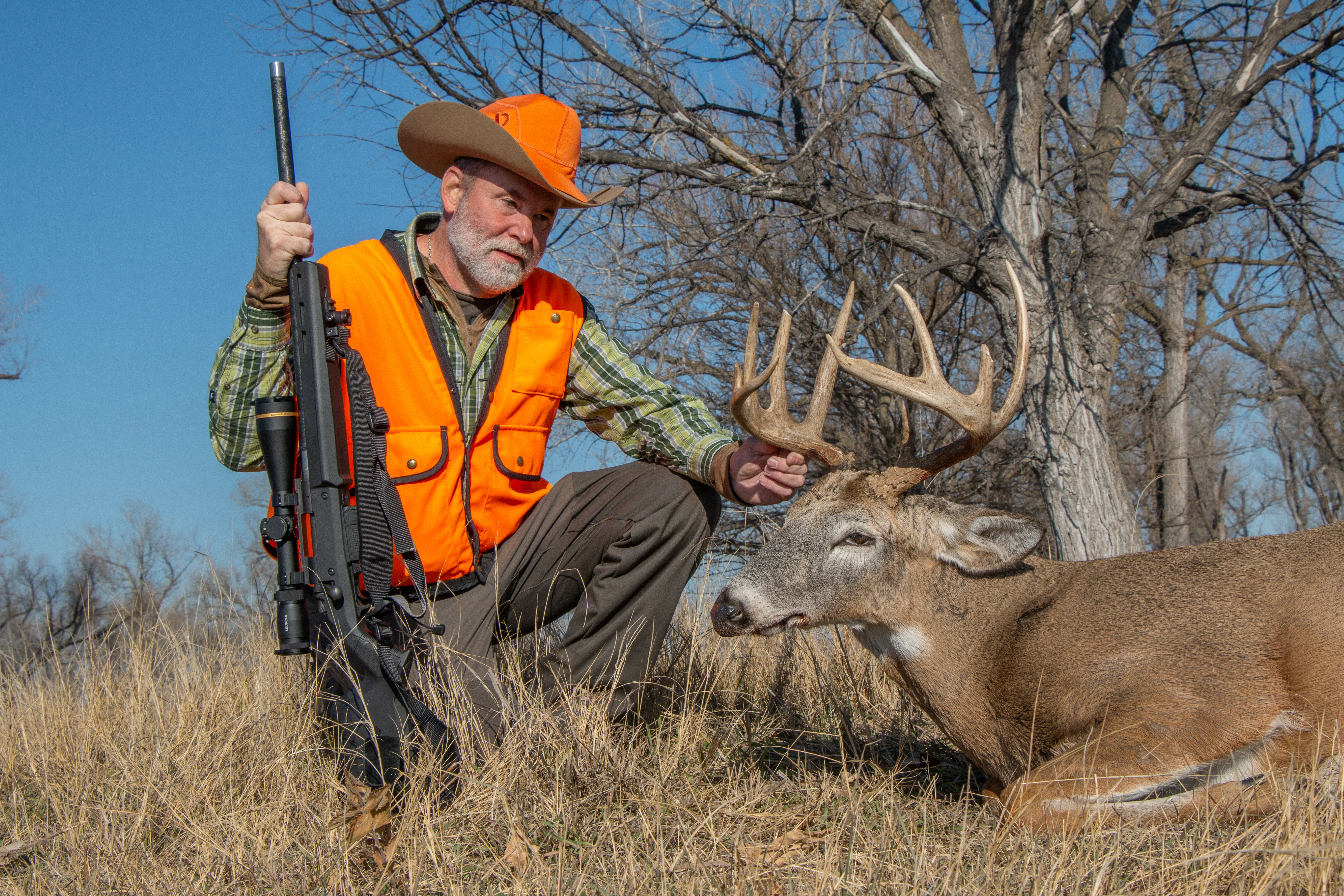
When it comes to big-game hunting, precision, drop, and wind drift are all important, but to a lesser degree unless you plan to shoot at stupid-long distances. When shooting big game, shot placement, penetration, and bullet performance matter most. Hornady offers Precision Hunter loads for both cartridges, and both loads use Hornady’s ELD-X bullet, so they make for a good comparison. At 350 yards, which is a good practical shooting distance limit for big game, we see that the 25 Creedmoor retains nearly 18% more kinetic energy, which equips the bullet to do 18% more work at that distance. The 6mm Creedmoor has an advantage in trajectory by about 11%, but the 25 Creedmoor has a wind drift advantage of about 13%, and as noted early wind drift is the trickier variable.
All of that said, the 25 Creedmoor has another advantage for big-game hunting. There are a lot of heavier bullet options available for handloaders in 0.257-caliber. You have options like a 110-grain Nosler AccuBond and Hornady ELD-X, 115- and 120-grain Nosler Partitions, a 117-grain Hornady SST, and a 133-grain Berger Hybrid Hunter.

Advantage with factory ammo: 25 Creedmoor
Advantage with handloads: 25 Creedmoor
Which is Better for Varmint Hunting
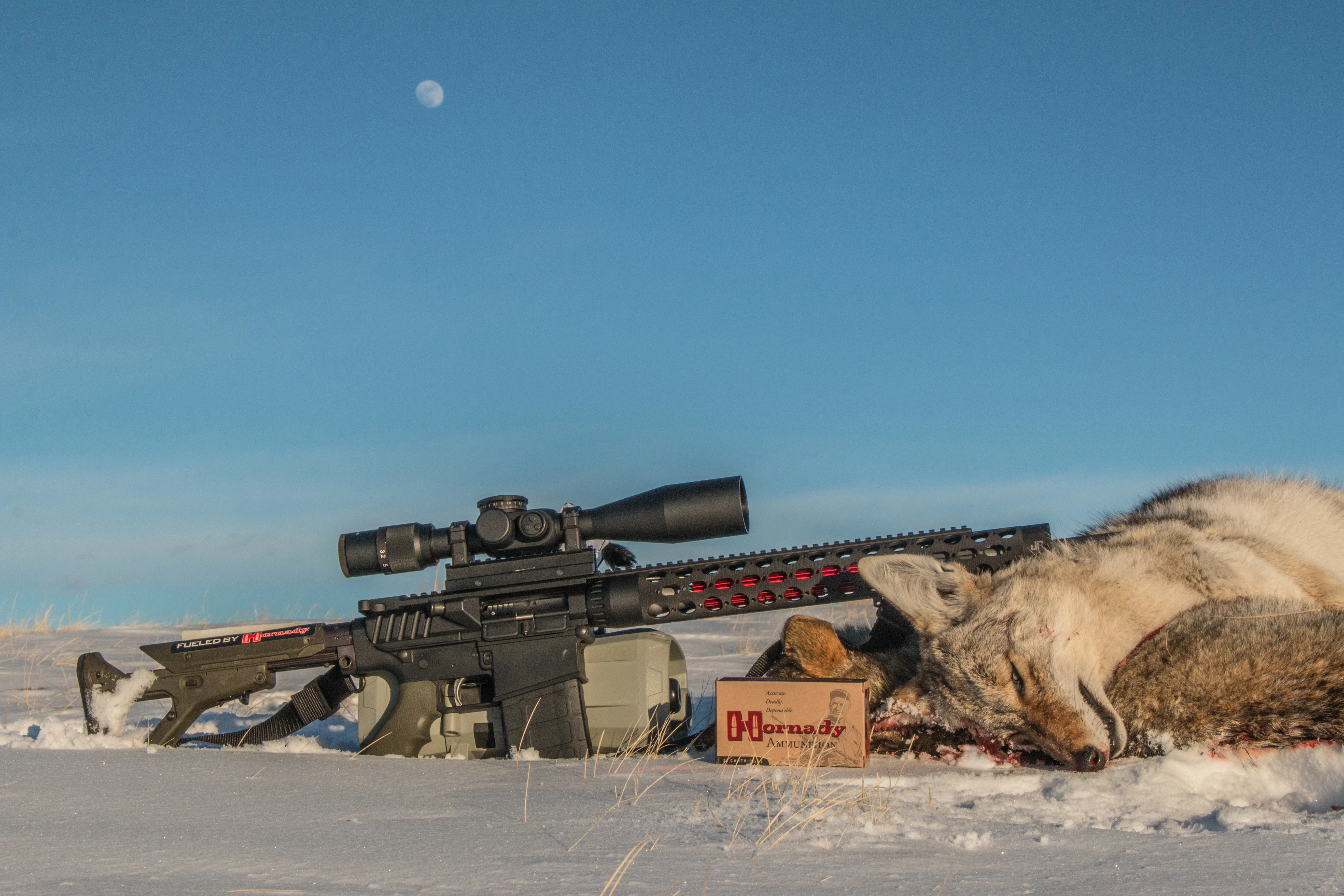
When we get to varmint hunting, the smaller-caliber 6mm Creedmoor will have an edge in terms of wind drift with factory ammunition. At very long ranges it will also have a slight edge in trajectory. This is mostly because the 6mm Creedmoor will handle lighter-weight varmint bullets with slightly better ballistic coefficients. Currently there are no suitable factory varmint loads for the 25 Creedmoor, but there are several for the 6mm Creedmoor.

Advantage with factory ammo: 6mm Creedmoor
Advantage with handloads: 6mm Creedmoor
Which is Better in Ammunition Variety and Availability
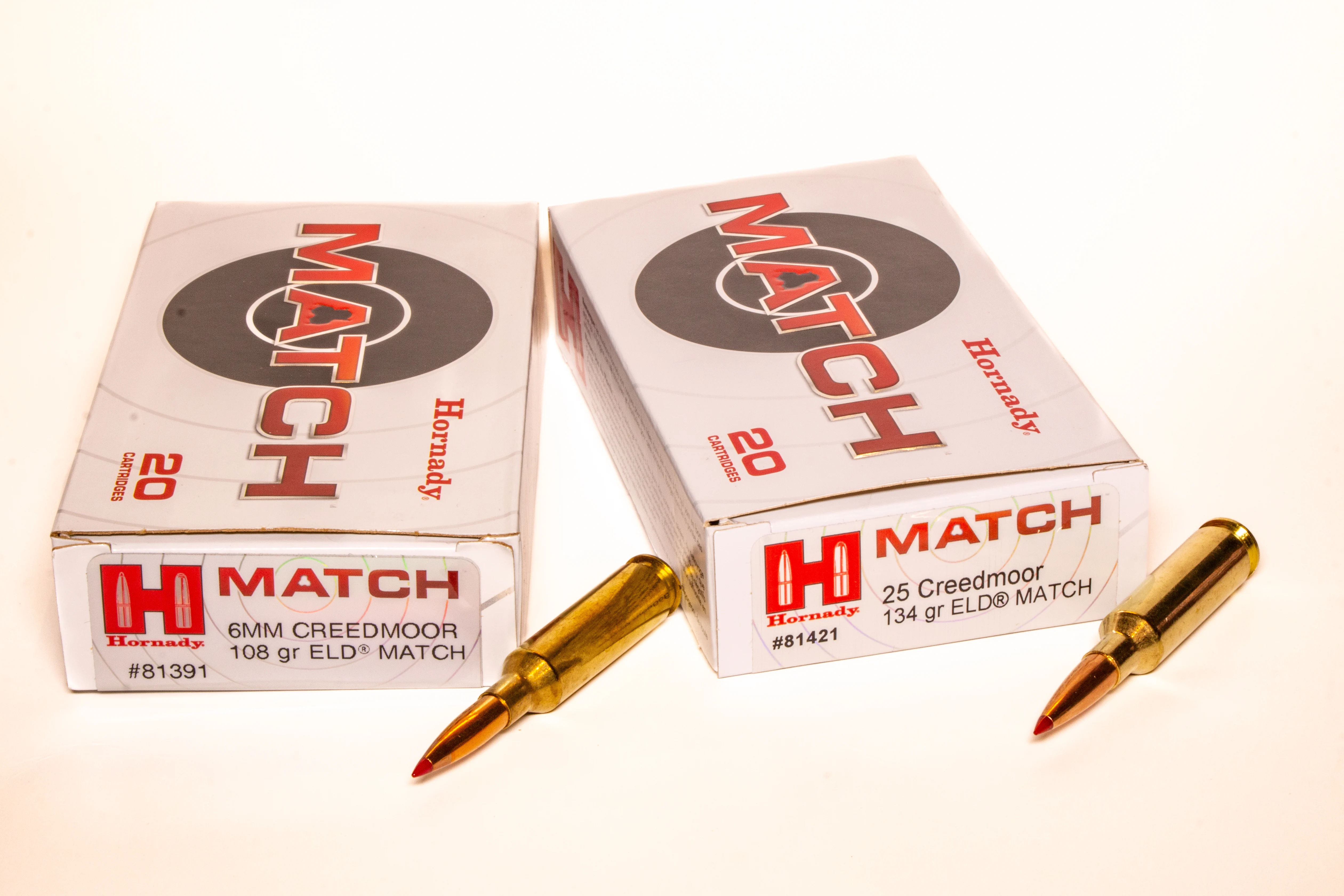
It terms of factory ammunition variety and ammunition availability; it seems almost unfair to compare a cartridge that’s been around for nearly a decade to one just introduced. However, if you’re looking to buy a new rifle today and you don’t handload, it matters. There are about 25 factory loads for the 6mm Creedmoor, so it clearly has the advantage, because currently there are only two loads for the 25 Creedmoor. However, for handloaders it’s a tie, with more varmint-bullet options for the 6mm Creedmoor and more big-game bullet options for the 25 Creedmoor.
Advantage with factory ammo: 6mm Creedmoor
Advantage with handloads: Tie
And the Winner Is…
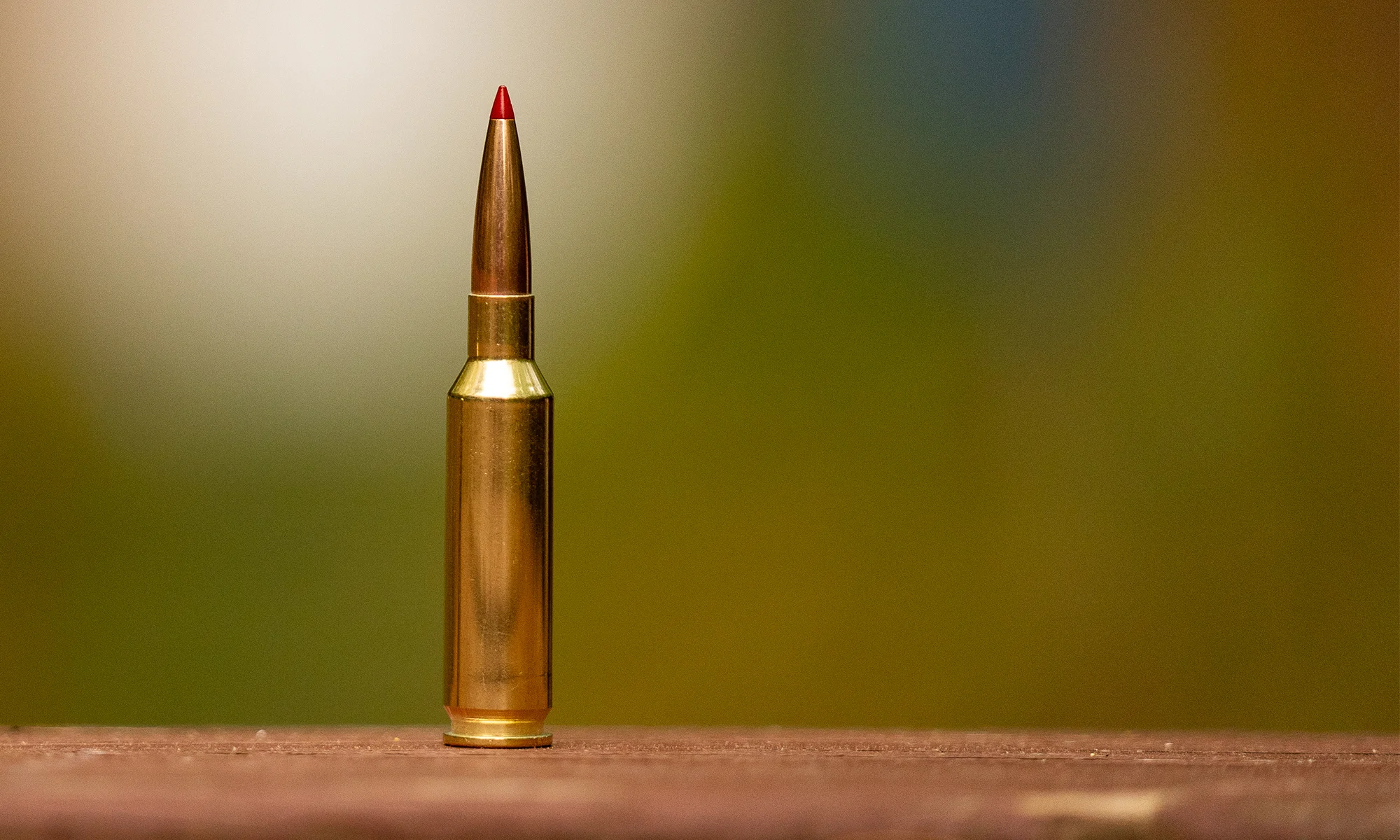
If you breakdown these comparisons, the 25 Creedmoor has a slight edge, especially if you consider handloads. You could also argue with the limited factory loads in 25 Creedmoor, it’s a tie. This makes sense because the two cartridges are very close in performance, because they use the same cartridge case, they’re loaded to the same pressure, and because the difference in bullet diameter is only 0.021-inch. That’s about the thickness of six sheets of copy paper. With time, we can expect to see more 25 Creedmoor factory loads and factory rifles, and don’t be surprised if we also soon see, new, higher BC, 0.257-caliber bullets too.
Of course, none of us can predict the future, so based of the current fact, I'll break it down like this: If you want nothing but a varmint rifle, go with the 6mm Creedmoor. The same applies if you want a varmint rifle to also use for long-range shooting. If you want a big-game rifle, the 25 Creedmoor is the better choice, especially if you want to also play at long range. However, if you want the best triple threat option for varmints, big game, and long range shooting, the 25 Creedmoor is the clear winner, especially if you’re capable of handloading your own ammo.

